YA I Khanin1904602118, 9781904602118, 9781423748021
Table of contents :
About the Author……Page 6
Contents……Page 8
Preface……Page 12
1.1.1. Induced and Spontaneous Emission……Page 16
1.1.2. Methods of Producing an Inverted Population……Page 18
1.1.3. Amplification in Quantum Systems without Population Inversion……Page 20
1.2.1. Dynamic Properties of Lasers and Their Relation to Relaxation Rates……Page 22
1.2.2. Widespread Types of Lasers……Page 25
1.2.3. Some Experimental Facts……Page 38
2.1. Equations for the Electromagnetic Field……Page 58
2.1.1. Wave Equation……Page 59
2.1.2. Modal Decomposition……Page 61
2.1.3. Ring-Cavity Field Equations……Page 66
2.2. Equations for the Dynamics of the Material……Page 67
2.2.1. Master Equations……Page 68
2.2.2. Two-Level Medium……Page 69
2.2.3. Three-Level Medium: Coherent Pumping……Page 70
2.2.4. Three- and Four-Level Media; Transition to an Equivalent Two-Level Description……Page 72
2.2.5. Material Equations Specialized to an Ensemble of Moving Atoms……Page 75
2.3. Self-Consistent Semiclassical Set of Laser Equations……Page 78
3.1.1. Equations for the Quadratic Quantities……Page 81
3.1.2. Adiabatic Elimination of the Atomic Polarization; Single- Mode Rate Equations……Page 83
3.2. Traveling-Wave Laser with Homogeneous Active Medium……Page 86
3.2.2. Phase Portrait of Laser; Spikes Characteristics……Page 88
3.2.3. The Linear Stage of the Onset……Page 95
3.3. Single-Mode Standing-Wave Class B Laser……Page 97
3.3.1. Model with Extended Laser Medium……Page 98
3.3.2. Model with the Sinusoidal Inversion Grating……Page 100
3.3.3. Power Characteristics……Page 102
3.4. Instabilities and Chaos in a Travelling-Wave Single-Mode Laser……Page 103
3.4.1. Some history……Page 104
3.4.2. The Lorenz–Haken Model……Page 105
3.4.3. Bifurcations and Their Sequences……Page 108
3.4.4. Parametric Origin of the Second Laser Threshold……Page 113
3.4.5. Effect of Detuning on the Laser Dynamic Properties……Page 115
3.4.6. Phase Dynamics of a Single-Mode Laser……Page 118
3.5. Dynamics of Three-Level Lasers with Coherent Pumping……Page 119
3.5.1. Self-Consistent Model and Ways to Its Simplification……Page 120
3.5.2. Self-Excitation Conditions……Page 122
3.5.3. Lasing Modes……Page 126
3.6.1. Lowering of the Instability Threshold……Page 132
3.6.2. Time-Dependent Laser behaviour……Page 137
4.1.1. Combination Tone Mode-Mode Coupling. The Rate Equations of the Multimode Lasers……Page 140
4.1.2. Stationary Oscillation Spectrum of the Fabry-Perot Laser……Page 144
4.1.3. Uniqueness of the Stable Steady-State Solution……Page 150
4.2.1. The Model with Spatially Extended Laser Medium……Page 152
4.2.2. Approximation of the Spatial Inversion Gratings……Page 155
4.2.3. Dependence of the Dynamical Features on the Distribution of Unsaturated Gain Over the Perimeter of Laser Cavity……Page 158
4.3.1. Features of Spiking in Multimode Lasers……Page 162
4.3.2 Onset of Laser Spectrum……Page 165
4.3.3. Alternative Mechanisms of Laser Multistability……Page 168
4.4.1. Competition between Dispersion and Nonlinearity of the Laser Medium……Page 171
4.4.2. Time-Dependent Regimes Due to Nonlinear Mode Interaction……Page 174
4.5. Inhomogeneously Broadened Solid-State Lasers……Page 180
4.5.1. Mathematical Model……Page 181
4.5.2. Steady-State Solution in the Spatially Uniform Field Approximation: The Threshold for Laser Spectrum Splitting……Page 182
4.5.3. Connection between the Spatial Mode Structure and the Spectral Structure of Laser Emission……Page 187
4.5.4. Transients in the Presence of Cross-Relaxation……Page 191
4.6. Dynamical Instability of Steady State of a Multimode Travelling-Wave Laser (Risken–Nummedal–Graham–Haken Theory)……Page 193
5. Multimode Lasers with Quasi- Frequency-Degenerate Modes……Page 197
5.1.1 Equations of Class B Two-Mode Laser……Page 198
5.1.2 Steady-State Solutions and Relaxation Oscillations……Page 200
5.2.1 The Model of Single-Frequency Class B Ring Laser……Page 205
5.2.2 Steady States in the Absence of Backscattering and Their Stability……Page 207
5.2.3 Influence of Fine Structure of the Gain Line on the Stability of the Steady States……Page 209
5.2.4 Steady States in the Presence of Backscattering and Their Stability……Page 219
5.2.5 Competition of two instability mechanisms……Page 222
5.2.6 Role of Phase Nonreciprocity in the Dynamics of a Class B Ring Laser……Page 223
5.2.7 Frequency Dynamics of a Bidirectional Ring Laser……Page 227
5.3 Vector Model of a Fibre Laser……Page 231
6.1.1 Linear Response of a Single-Mode Laser to Low-Frequency Modulation……Page 234
6.1.2 Linear Response of a Multimode Laser to Low-Frequency Loss Modulation……Page 238
6.1.3 Nonlinear Response of a Single-Mode Laser to Periodic Loss Modulation……Page 241
6.1.4 Bifurcations and Chaos……Page 244
6.2.1 Sweeping of the Losses……Page 251
6.2.2 Sweeping of Detuning……Page 256
6.3.1 Origin of the Pulsations of a Two-Level Paramagnetic Maser……Page 259
6.3.2 Laser Parameter Oscillations Under Free-Running Conditions……Page 262
6.3.3 Instabilities Due to Sweeping of the Cavity Eigenfrequency……Page 264
6.3.4 Role of Spatial Effects……Page 266
7.1 Laser with an Opto-Electronic Feedback……Page 268
7.1.1 Single-Mode Laser with Self-Controlling of the Cavity Losses……Page 269
7.1.2 Multimode Laser with Selective and Combined Feedback……Page 272
7.2 Laser with a Nonlinear Absorber……Page 275
7.2.1 Two-Level Rate Equation Model of Laser with a Nonlinear Filter; Steady States and Their Stability……Page 276
7.2.2 Nonlinear Pulsations in a Laser with Saturable Absorber……Page 282
7.2.3 Experiments with a CO2 Laser. The Rate Equation Model of a Three-Level Laser with a Two-Level Nonlinear Filter……Page 287
7.3 Laser with a Nonlinear Dielectric……Page 290
7.3.1 Examples Showing the Influence of the Refractive Index Nonlinearity on Laser Dynamics……Page 291
7.3.2 Passive Modulation of Diffraction Losses by a Dielectric with Cubic Nonlinearity (Kerr Medium Inside a Cavity with Aperture)……Page 292
7.3.3 Passive Modulation of the Mode Filling factor (Kerr Medium Inside a Cavity Without Aperture)……Page 297
7.4 Passive Mode Locking in Lasers……Page 300
7.4.1 Role of the Laser Medium Nonlinearity in Mode Locking……Page 301
7.4.2 Threshold Conditions of Passive Mode Locking……Page 303
7.5.1 Rate Equation Model of a Traveling Wave Laser Without Bulk Losses……Page 306
7.5.2 Instability Threshold of Single-Frequency Operation of a Traveling-Wave Laser with Nonlinear Filter……Page 311
7.5.3 Soft and Hard Regimes of Ultrashort Pulse Formation in Lasers with Nonlinear Filters……Page 314
8.1.1. Active methods of generating giant pulses……Page 318
8.1.2 Pulse Delay Time with Instantenous Q-Switching……Page 321
8.1.3. Energy Characteristics of a Giant Pulse……Page 323
8.1.4 Pulse Duration and Shape……Page 324
8.1.5. Angular and Frequency Spectra of a Giant Pulse with Instantaneous Q-switching……Page 326
8.2 Giant Pulse Generation with Passive Q-switching……Page 330
Supplement……Page 334
Notations……Page 338
Glossary……Page 346
References……Page 352
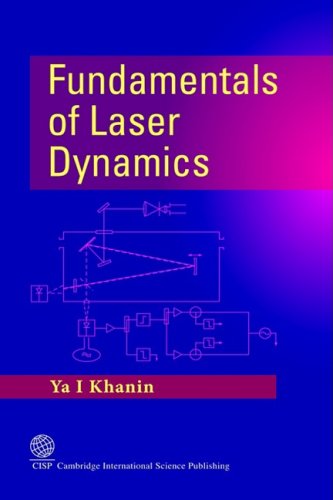
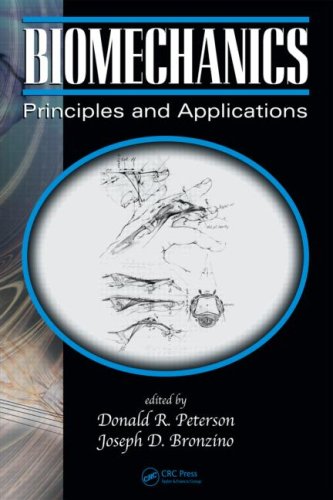
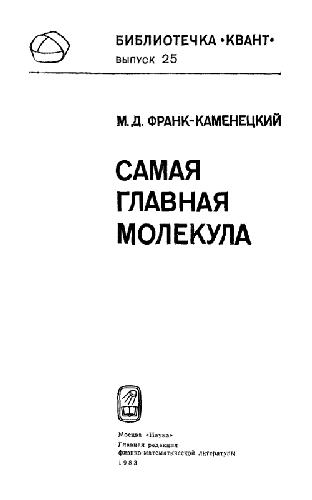
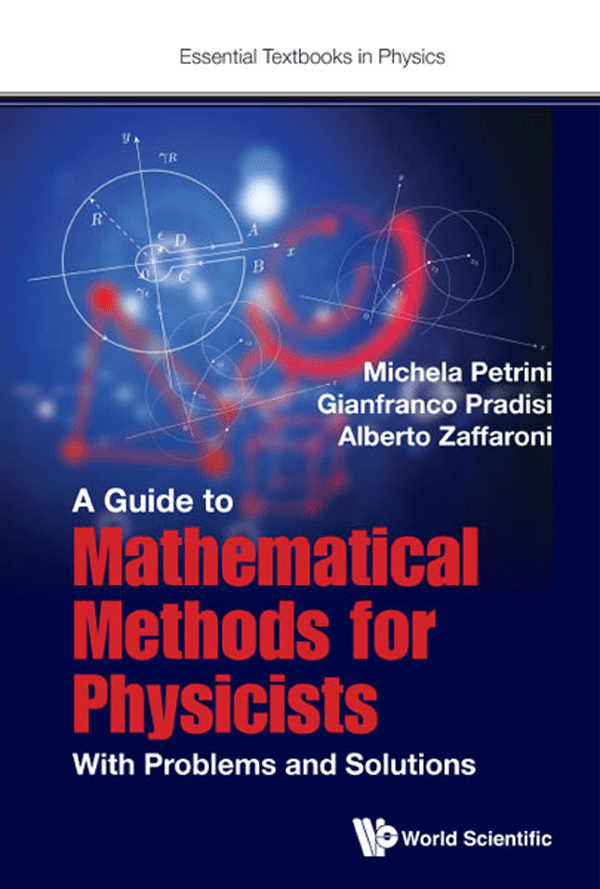
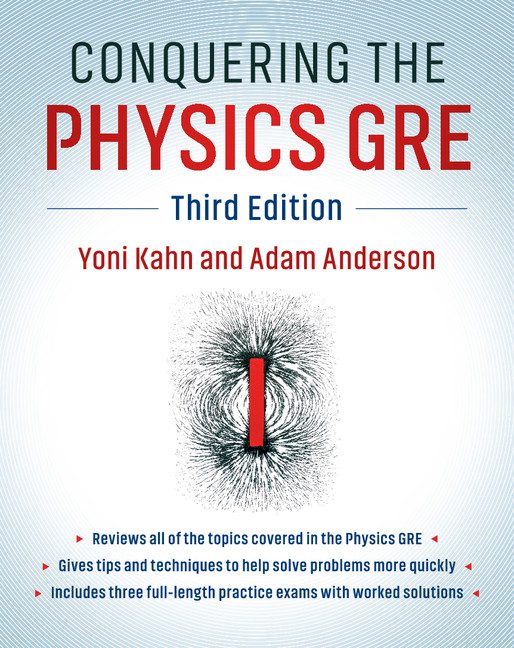
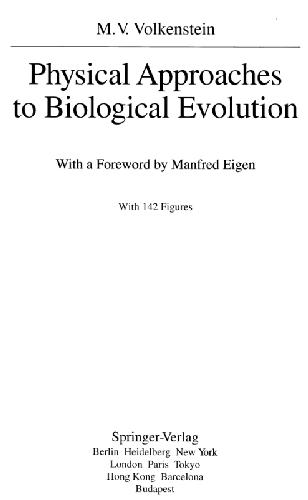
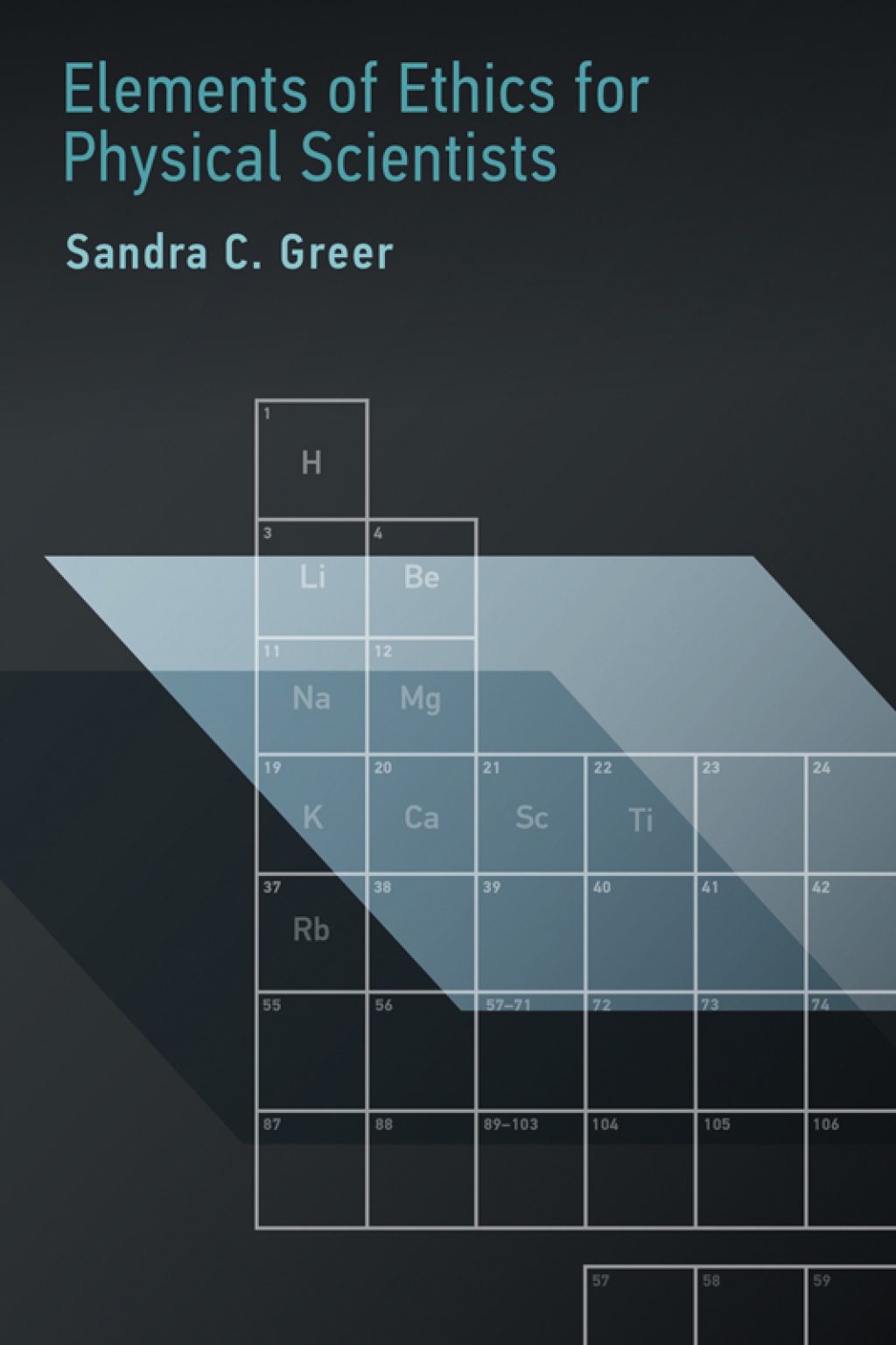
Reviews
There are no reviews yet.